Art and Design
Ken Robinson: ‘If you are not prepared to be wrong you will never come up with anything original’
Meet the Art Department
|
Name: |
Title: |
Email address: |
|
Mr D. Glenister |
Head of Department |
|
|
Mrs M. Wride |
Teacher of Art |
|
|
Mir E. Moss |
Teacher of Art/Photography |
The art curriculum is designed around 3 core areas: - Practical knowledge, theoretical knowledge and disciplinary knowledge. Practical knowledge develops technical proficiency, theoretical knowledge is the cultural and contextual content and disciplinary knowledge is what pupils learn about how art is viewed, discussed and judged. The spiral curriculum allows for pupils to have the ability to appreciate and interpret what they observe, communicate what they think and feel, or make what they imagine and invent.
Vision
At Reddish Vale we believe that the visual arts offer the opportunity for pupils to complete an experience created on the elements of perception, thought and feeling. This explorative experience is basic to the education process enriching both other areas of the curriculum and students' social skills
- A spiral curriculum allows key concepts to be repeated throughout the 5-year plan, but with deepening layers of complexity, or in different applications.
- Each SOW builds on prior knowledge and skills and introduces new knowledge and skills.
- We ensure pupils are getting their entitlement, we follow the KS3 National curriculum (drawing, painting, sculpture, architecture, artist appreciation).
- For KS4 we follow the AQA specification.
- Pupils use a wide range of skills and look at a wide range of artists, preparing them to be more independent in Y10 and Y11 and if they decide to continue on to KS5
Ethos
- To create a totally inclusive curriculum where every child can build confidence and self esteem.
- Give children an opportunity to create a visual language which says something about the way they see and understand a world which is not always as it appears.
- Use art as a facilitator to communicate their own thoughts, feelings, ideas and passions.
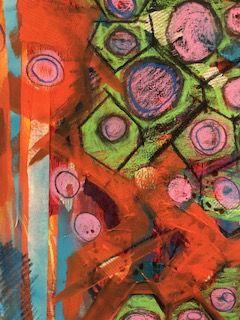
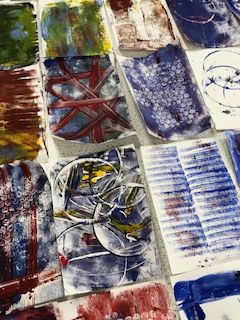
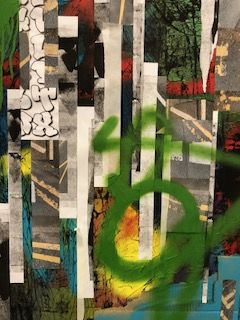
Intent
‘Creativity now is as important in education as literacy and we should treat it with the same status’ Ken Robinson
KS3- The formal elements introduced in year 7 are enhanced and developed throughout key stage three. Each of the projects are designed to offer an interesting, challenging and fulfilling experience encouraging pupils to think creatively and critically about their own work and the work of others. All pupils should have by the end of this key stage; self-belief, an understanding of the impact the Art world has had through the centuries and a range of practical knowledge and skills which they can apply at a higher-level if they so choose.
KS4- The skills they will build on and refine at Key stage 4 will allow them to be confident in their ability to express themselves through a visual language. The projects covered at key stage 4 allow students to develop a varied portfolio of work, which demonstrates a high level of skill in two or more specialisms. The development of a successful portfolio follows a personal journey, which, while it must meet the formal assessment criteria, is a visual display of experimentation and expression. The increased volume of carefully selected artists and topics encourage pupils to further explore the work of contemporary and historical artists and apply knowledge where appropriate to them allowing them to inform their personal responses as an individual. Pupils should feel a strong sense of pride in their work and take complete ownership as their work develops.
We believe that all pupils should have a full and enriching journey through Art, allowing them to develop a wide range of skills and knowledge to make a positive difference to all aspects of their life.
Scheme of Learning/Courses/Curriculum Map
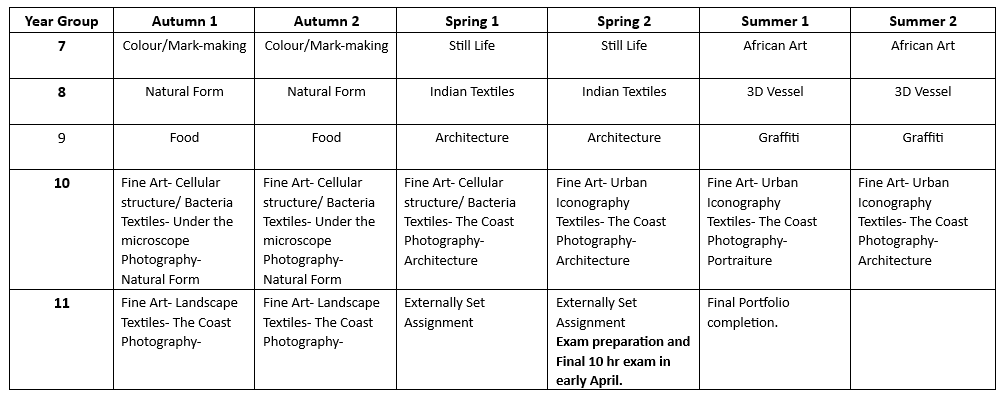 Exam Board Specification - AQA GCSE Fine Art/Textiles/Photography
Exam Board Specification - AQA GCSE Fine Art/Textiles/Photography
https://www.aqa.org.uk/subjects/art-and-design/gcse/art-and-design-8201-8206
How you can support your child’s learning in Art:
- Students will have a knowledge organiser for each of their schemes of learning. Students can use these to develop and recap different areas of art throughout the term.
- Question your child on what they have learnt in lesson.
- Encourage them to visit galleries or view different artists work online, through books or via documentaries. Ask them questions about different art movement or art techniques explored within their lessons.
- Students at KS3 will receive retrieval knowledge homework regularly.
- Students at KS4 will be required to stay 1 hour per week in after school sessions.
Websites you can visit:
- The Tate gallery website provides access to information about a wide range of artists and artistic movements. The website contains key information about both past and present art. Tate Art terms provides information specifically about famous art movements, language and materials. https://www.tate.org.uk/art/ art-terms
- BBC Bitesize has a GCSE Art page with different areas of study, from drawing to ceramics, information on different processes such as experimenting with techniques and processes, to elements of art such as line, shape, space and form. https://www.bbc.co.uk/bitesize/ subjects/z6hs34j
- The Arty Teacher Youtube channel has a range of ‘how to’ art videos including how to create a carbon paper print to paper sculpture to mark marking with coffee. https://www.youtube.com/channel/UC2ACA5Ec9gcnxps9JNOzsXg?view_as=subscriber
- Colossal is a specialist art blog about all kinds of exciting art happening in the world, from denim hanging flower designs to recycled metal portraits. The website contains articles, images and archives from around the world on crafts, illustration, design, photography and other practises. https://www.thisiscolossal.com
- Textile artist is also a brilliant website that hosts a range of fascinating textile, embroidery and sewing ideas, methods and art. https://www.textileartist.org
- Google arts also has a website where you can access high quality famous art works to information about a range of art processes. https://artsandculture.google.com/explore
Feedback Policy
The primary purpose of feedback is to move students on with their learning. Students receive feedback on their learning in a number of different ways, both formally and informally.
Formative assessment takes place every lesson in many forms including:
- Low stakes quizzing
- Like marking in lessons
- Questioning
- Peer and self-assessment (green pen)
- Examination style questions
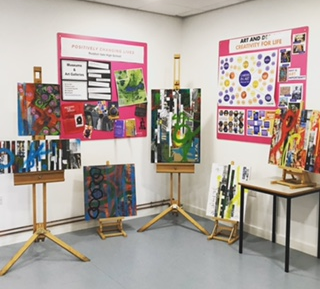 Students are provided with detailed written feedback on longer pieces of written work and key pieces. Next steps marking is implemented, alongside other techniques to promote learning and progress. Students are expected to respond to their feedback and make improvements to their work by acting upon it immediately using purple pen.
Students are provided with detailed written feedback on longer pieces of written work and key pieces. Next steps marking is implemented, alongside other techniques to promote learning and progress. Students are expected to respond to their feedback and make improvements to their work by acting upon it immediately using purple pen.

